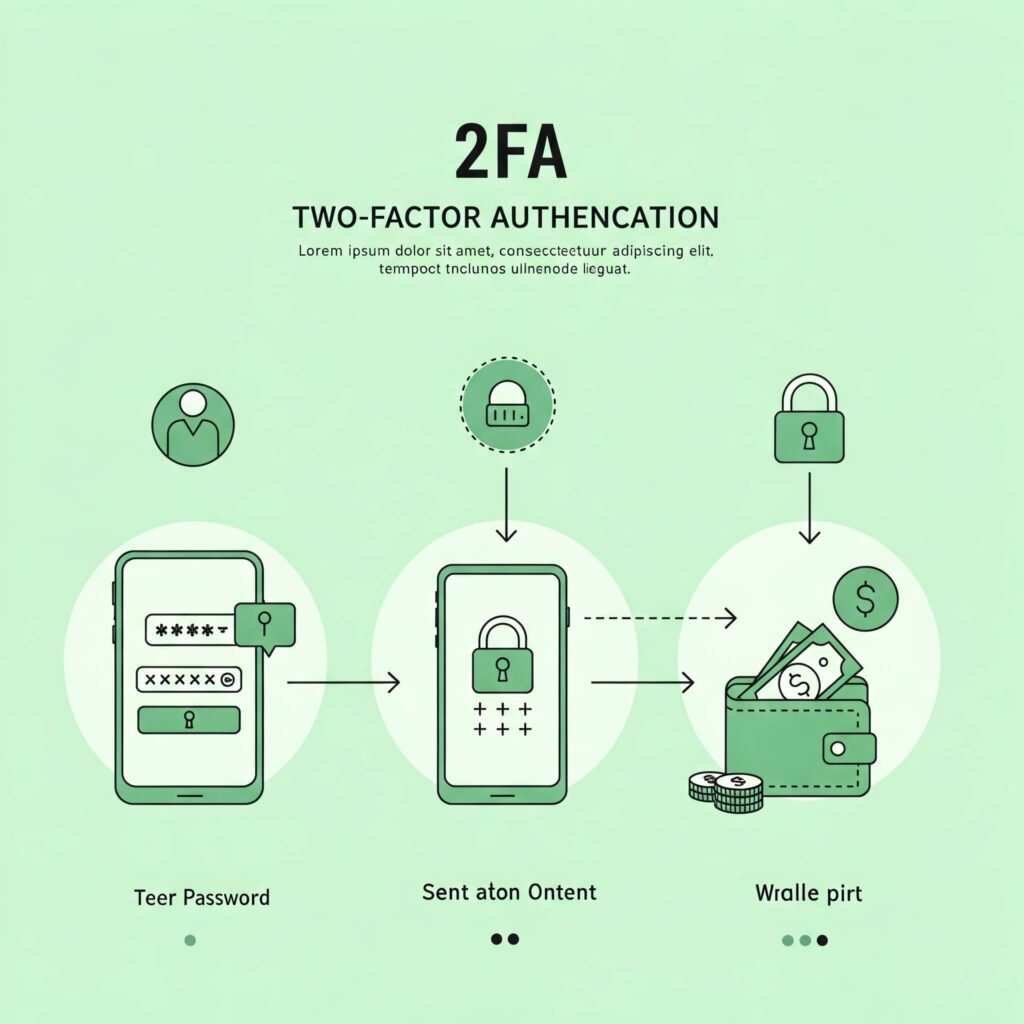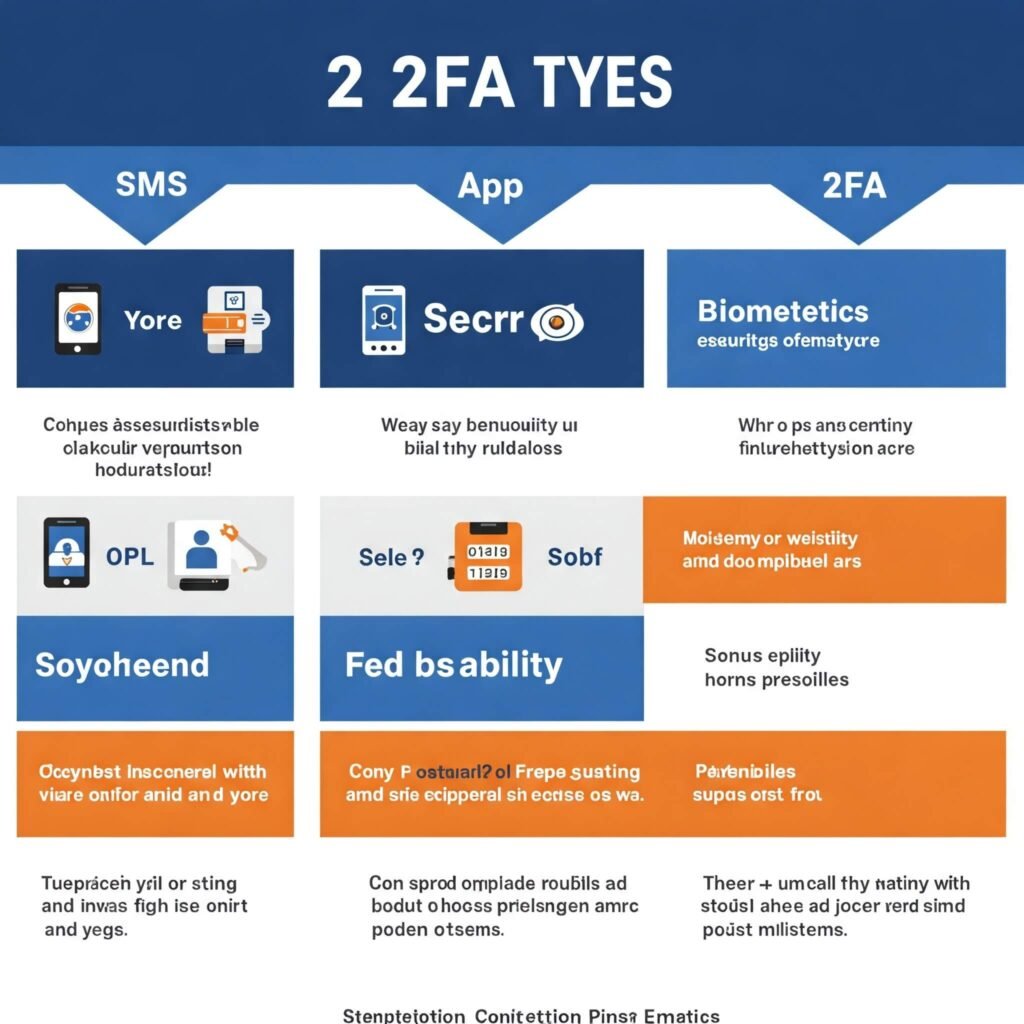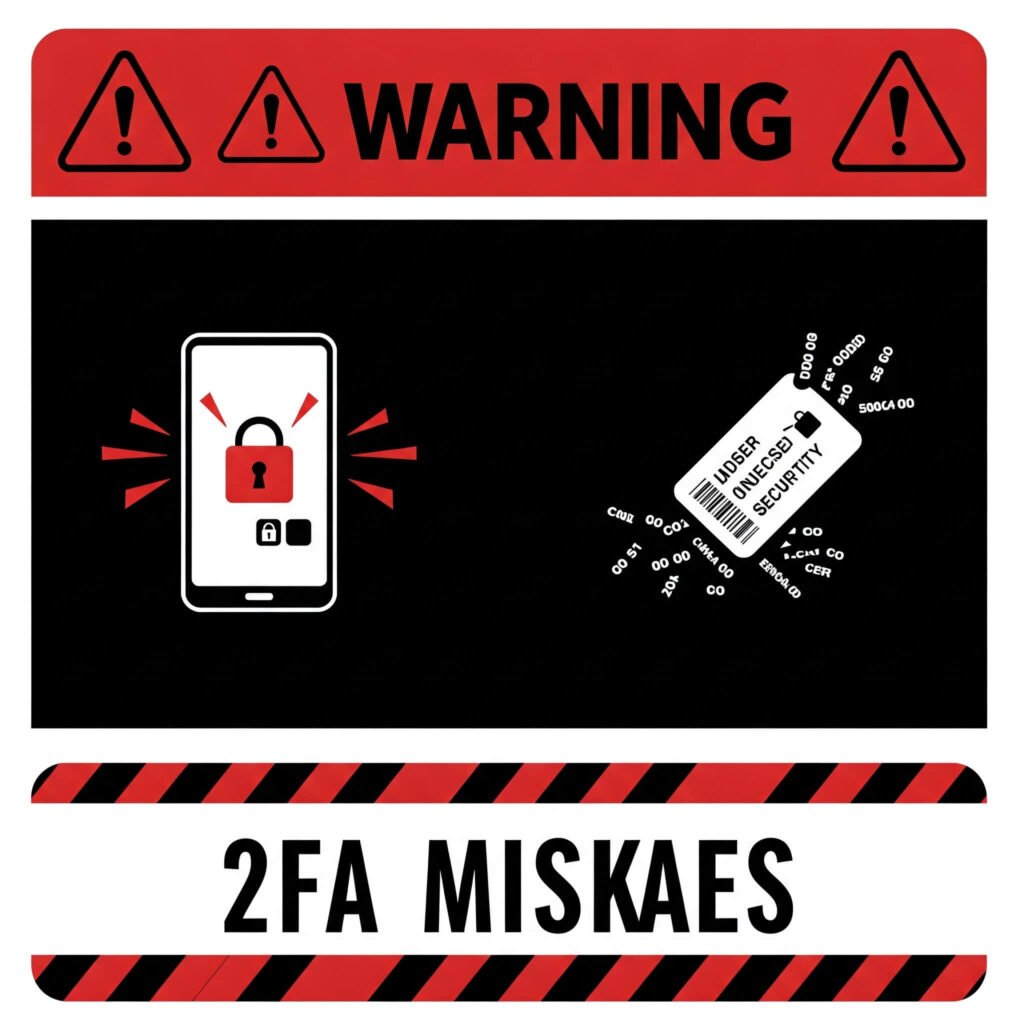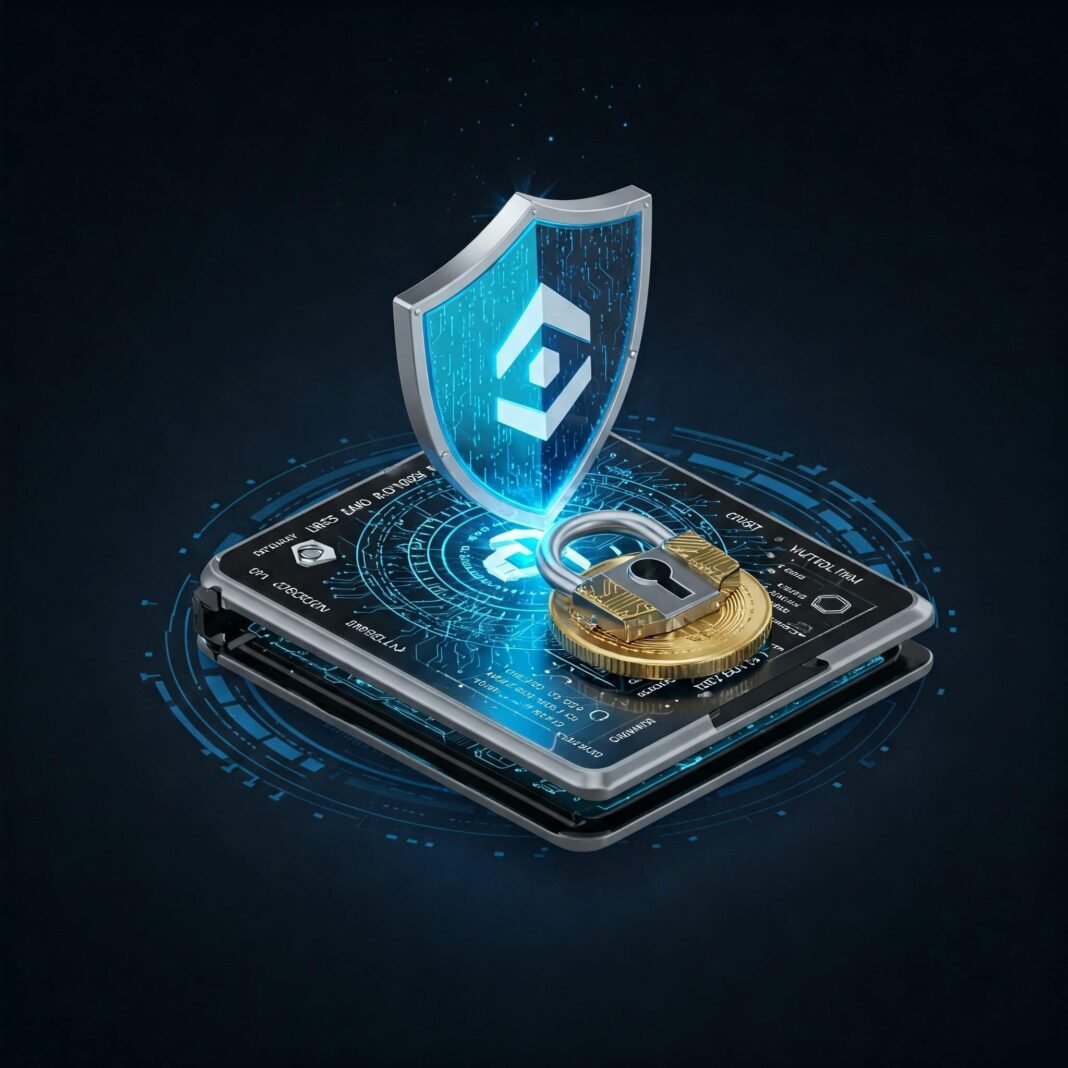two-factor authentication crypto is like a lifeline for my coins as I sit in my freezing Boston apartment, surrounded by empty Dunkin’ cups and a space heater that’s more noise than warmth. Just last week, I got a sketchy login alert from my crypto exchange while munching on clam chowder, and I nearly choked – I’d skipped 2FA like a total rookie and almost lost my Ethereum. The air smells like burnt toast from my failed breakfast attempt, and I’m diving into why two-factor authentication crypto is a must for securing digital assets in 2025. I’m no blockchain pro – my portfolio’s basically pocket change – but I’ve learned the hard way that 2FA is your best friend. Two-factor authentication crypto is the real deal, and I’m spilling my raw, messy, sometimes contradictory thoughts on keeping your crypto safe. Let’s untangle this digital mess together.
My Close Call with Two-Factor Authentication Crypto
Picture this: I’m at a Fenway dive bar, dodging Sox fans and scrolling X, when I see a post about a crypto hack – two-factor authentication crypto could’ve saved those folks. Hackers are out here like digital pickpockets, with CoinDesk reporting $2 billion in crypto thefts last year alone.<grok:render type=”render_inline_citation”>1</grok:render> I set up 2FA on Binance after my scare, but I once locked myself out ‘cause I lost my authenticator app code – talk about a facepalm moment. Big exchanges like Coinbase push 2FA hard, and Forbes says it cuts hack risks by 99%.<grok:render type=”render_inline_citation”>2</grok:render> Two-factor authentication crypto feels like a shield, but I’m torn – I love the security but hate the extra steps. Like, seriously, why’s this so clutch yet so annoying?

Why Two-Factor Authentication Crypto Saves Your Coins
Diving into two-factor authentication crypto, it’s like a digital deadbolt for your wallet. I started using Google Authenticator after my near-hack, and it’s a game-changer, though I’m paranoid about losing my phone now. Investopedia says 2FA adds a second verification layer, like a code or biometrics, making hacks way harder.<grok:render type=”render_inline_citation”>3</grok:render> I bragged to my roommate about my “bulletproof” setup, then realized I’d saved my 2FA backup codes on a sticky note – classic me. Securing digital assets with 2FA is legit, but I’m learning while sweating through my hoodie, wondering if I’ve covered all bases. It’s this mix of “hell yeah, safety!” and “ugh, I’m a mess!” that keeps me hooked.
My Dumb Mistakes Without Two-Factor Authentication Crypto
Man, two-factor authentication crypto exposes my worst fumbles. I once thought a password like “CryptoKing123” was enough, then got a phishing email that had me sweating bullets – I clicked it, thinking it was legit, and nearly lost $150. Reports say 80% of crypto breaches could’ve been stopped with 2FA, and I’m the poster child for that stat.<grok:render type=”render_inline_citation”>4</grok:render> My contradictory vibe? I want easy logins but ironclad security. Tip from my mess: set up 2FA on every platform, and don’t be me, clicking shady links while half-asleep on my couch.

Why 2FA Setup Matters in Two-Factor Authentication Crypto
Zooming in on two-factor authentication crypto, setting it up right is everything. I’ve been checking my Binance app from my snowy balcony, with Boston’s wind howling like it’s mocking my crypto struggles. CNET says authenticator apps beat SMS for 2FA ‘cause texts can be intercepted, which blew my mind.<grok:render type=”render_inline_citation”>5</grok:render> I skipped 2FA on a small exchange once, thinking it wasn’t worth it, then spent a week resetting accounts after a glitch. My advice? Use an app like Authy and back up your codes somewhere safe – not a sticky note.
Looking Ahead: Two-Factor Authentication Crypto in 2025
Peering into the future, two-factor authentication crypto has me cautiously pumped, scribbling notes while snowflakes tap my window. New biometric 2FA, like fingerprint scans, is popping up, and I’m hyped since I’m paranoid about stolen codes.<grok:render type=”render_inline_citation”>6</grok:render> I’m dreaming of a hack-proof wallet, but scared I’ll botch it with another dumb move. Two-factor authentication crypto is evolving, and I’m ready to level up, even if my bank account’s whimpering.

Tips for Mastering Two-Factor Authentication Crypto
Here’s my shaky playbook for securing digital assets:
- Use authenticator apps: Google Authenticator or Authy – Authy is my go-to.
- Avoid SMS 2FA: It’s hackable; I learned the hard way.
- Back up codes: Store them in a safe, not a sticky note like me.
- Stay scam-savvy: Check CoinDesk for phishing alerts.
Anyway, that’s my raw take on two-factor authentication crypto – messy, human, and full of my screw-ups. I’m just trying to keep my coins safe while dreaming of crypto riches. Got 2FA tips or horror stories? Hit up Forbes for more or drop a comment – let’s swap tales over virtual chowder.
of mind. Don’t wait for a breach to take action. Set up 2FA on your crypto accounts now and stay one step ahead of cyber threats.
Outbound Link: Two-Factor Authentication in Crypto: Why It’s Essential for Your Security




